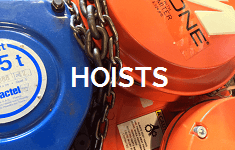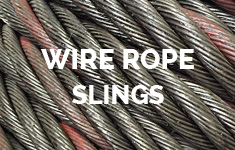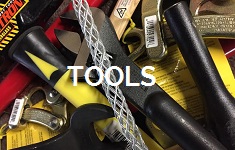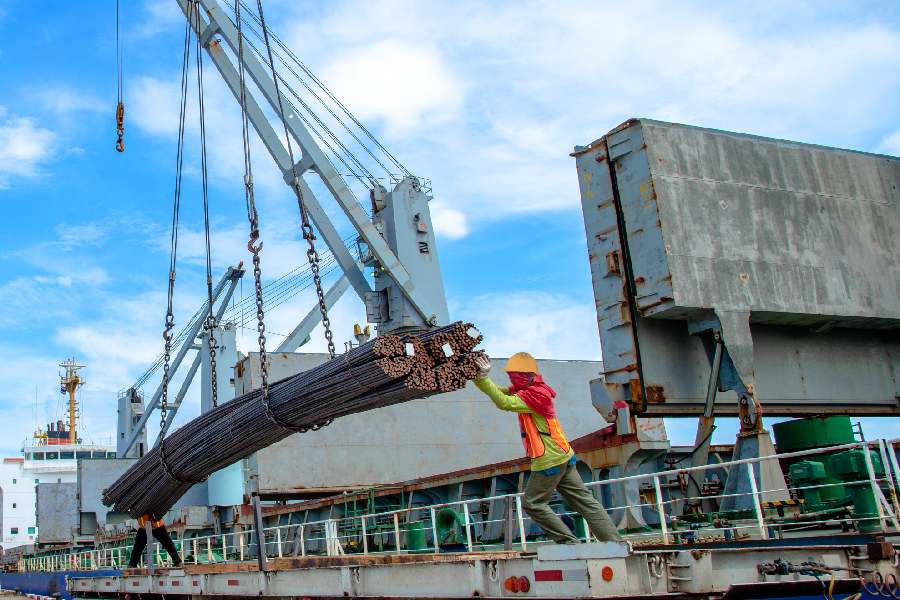Heavy lifting tasks are complicated and require careful planning with consideration for all forces that occur. Knowing when and how to use a spreader bar is essential in performing safe and effective tasks.
Spreader bars help distribute the load evenly and play a crucial role in projects that require lifting and moving heavy loads. They are an irreplaceable mechanism in construction projects, event organization, shipbuilding, and other fields.
The article will discuss what lifting tasks require a spreader bar, what types of spreader bars you can choose, and how to utilize them to your benefit.
How to Use a Spreader Bar
When performing lifting tasks with a crane, spreader bars can significantly improve stability and load distribution. With their mechanism, spreader bars improve overall safety and efficiency of lifting.
Depending on the design, they are attached below the hook and form a rectangular or square. Spreader bars assist with lifts by transforming the forces that occur during vertical lifting. Through an even distribution of the load across multiple lifting points, spreader bars balance out the forces and reduce the likelihood of overloading.
The lifting tasks requiring spreader bars include lifting long or bulky objects like steel beams, pipes, or precast concrete elements.
Choosing the right spreader bar
The operator must have the right type and configuration to ensure the proper use of a spreader bar. There are various designs that adapt the operation to different types of challenges.
Different lifting operations require specific types of spreader bars based on the characteristics of the load. The spreader bar has to be compatible with the type of load and produce the desired lifting results.
To make the right choice, it’s necessary to consider factors such as weight, shape, and load dimensions. The design and features of the bar, like adjustable length and number of attachment points, are key considerations in determining the bar’s capacity and compatibility with the load.
Here are the types of spreader bars and their respective use cases:
Fixed spreader bars
They have a fixed length, and they’re usually designed for specific applications. They are used in lifting operations that have constant load sizes and dimensions.
The inability to be adjusted for dimensions is limiting, but they are extra solid and rigid tools that require less maintenance. Operators need to choose the right length, as having a spreader bar that’s too short or too long can affect the stability of the operation.
Adjustable spreader bars
These spreader bars have a telescopic mechanism that allows them to extend beyond their original length. They are built to withstand loads that require a longer spreader bar, and they are used to pick up various loads on-site. The longer the extension of the spreader bar, the bigger the load it’s capable of lifting.
Basket-style spreader bars
Typically they are square-shaped with four attachment points positioned to increase stability and control. Having four attachment points strategically placed on each edge reduces the risk of imbalance by evenly distributing the weight.
Lattice spreader bars
Lattice means a structure of strips of metal fastened together in a way that leaves square spaces between them. The lattice structure improves load-bearing capacity and provides rigid and stable lifting assistance.
Modular
Some of the aforementioned designs of spreader bars can be modular, as they can be assembled and disassembled as needed. This feature makes the transport and storage of the spreader bars easier.
Modular spreader bars are an effective way to perform lifting tasks as they are strong and adjustable to various requirements. Spreader bar rental is a cost-effective option for acquiring these devices. Tway Lifting Products has a wealth of options to satisfy the demands of your projects. Furthermore, there are adjustable spreader bars on offer that are designed to withstand up to 30,000 pounds.
Step-by-step guide to using a spreader bar
There is a methodology for utilizing a spreader bar correctly, and it requires knowledge, experience, and technique in order to get the most out of the crane’s lifting capacity.
Here are some spreader bar usage guidelines:
Define the load
The first step to performing a successful lift or a series of lifts is assessing the load. The operator needs to define the following characteristics of the load:
- Weight
- Dimensions
- Center of gravity
- Material
- Identify the lifting points
Determining the weight and configurations of the load will play a crucial part in choosing the type of spreader bar.
Choose an adequate spreader bar
Depending on the weight capacity, its dimensions, and other characteristics, a spreader bar is chosen that can withstand the load and perform balanced and safe lifts. Sometimes there are multiple solutions for a single lifting task, but it’s always better to choose the most optimal one.
Modular spreader bars are best when there’s a necessity for customization of the bar’s configuration. Basket-style spreader bars are good for handling oversized loads, while adjustable spreader bars can be utilized to perform varying sizes of loads in the same project.
Another thing to consider is making sure that the spreader bar is in optimal condition and that it’s capable of performing the required tasks. Always go for established brands in the industry when buying or renting lifting equipment. It’s best to go for companies that will provide guidance in this area and in other aspects of the project.
Attach the load to the lifting slings
The previously determined lifting points of the load should be securely attached to the spreader bar using the appropriate connectors for load control. The load is attached by passing the lifting slings or hooks through its lifting points. Once you’re certain that the slings are safely attached, you can move on to connecting the spreader bar.
Position the spreader bar
Align the spreader bar attachment points with the slings or hooks. You have to make sure that the spreader bar is centered and level to ensure that it will be able to maintain balance when lifting and carrying.
Connect the slings to the spreader bar
At this point, you need to attach the slings to the attachment points of the spreader bar. This will connect the load to the spreader bar, and it will allow for the lifting to commence. You need to make sure that the slings are of the proper size and compatible with the load.
Performing a security check and coordinating with the entire lifting team is a must, as it will give everyone time to clear the space and organize a safe environment.
The lift
The crane operator directs the crane and the spreader bar, which is below the crane’s hook. Even with the security measures in place and with the help of the spreader bar, the lift should be controlled and smooth while avoiding sudden movements. The lifting crew monitors the lift, keeping an eye on any sign of instability while maintaining contact with the lift operator.
Once the load has been carried to the designated spot, it’s gently lowered with the same poise and control as throughout the whole operation.
Disconnect the spreader bar
Once you verify that the lifting task is complete, disconnect the spreader bar and disassemble it for proper storage. While doing this, the area should be clear, and the load should be on a stable surface. The coordination between the members of the lifting team continues for the entirety of the process.
If there is a need to perform other tasks, then an adjustable spreader bar is modified to fit the new specifications, and the process starts from scratch.
Storage
Proper storage is a crucial segment of properly using a spreader bar. First, it should be inspected for any damages that would compromise the balance of the spreader bar.
Before putting it away, the bar should be cleaned of any dirt, debris, or moisture and protected from corrosion when necessary. An appropriate location would be somewhere clean and dry, without sunlight and temperature variations.
Perhaps most importantly, the spreader bar should be stored in a proper position to avoid bending. Placing it horizontally without any stress on the attachment points would be the ideal way to store it. If there are multiple spreader bars in your storage area, ensure they don’t touch each other, causing unnecessary stress.
Summary
The use of spreader bars is widespread in several industries requiring lifting and moving heavy objects. They are devices that utilize the laws of physics and help reduce the pressure on the crane or other lifting machine.
Knowing how to use a spreader bar and staying compliant with the safety procedures will enable you to perform safe and effective lifts while prolonging the life of the machinery. Choosing an adequate spreader bar design that can withstand the load’s weight and size is essential. There are various types of spreader bar designs that help with carrying different types of loads.
Performing the lifts requires a methodical approach with a focus on safety and efficiency. After completing the tasks, the spreader bars require proper storage and maintenance.












